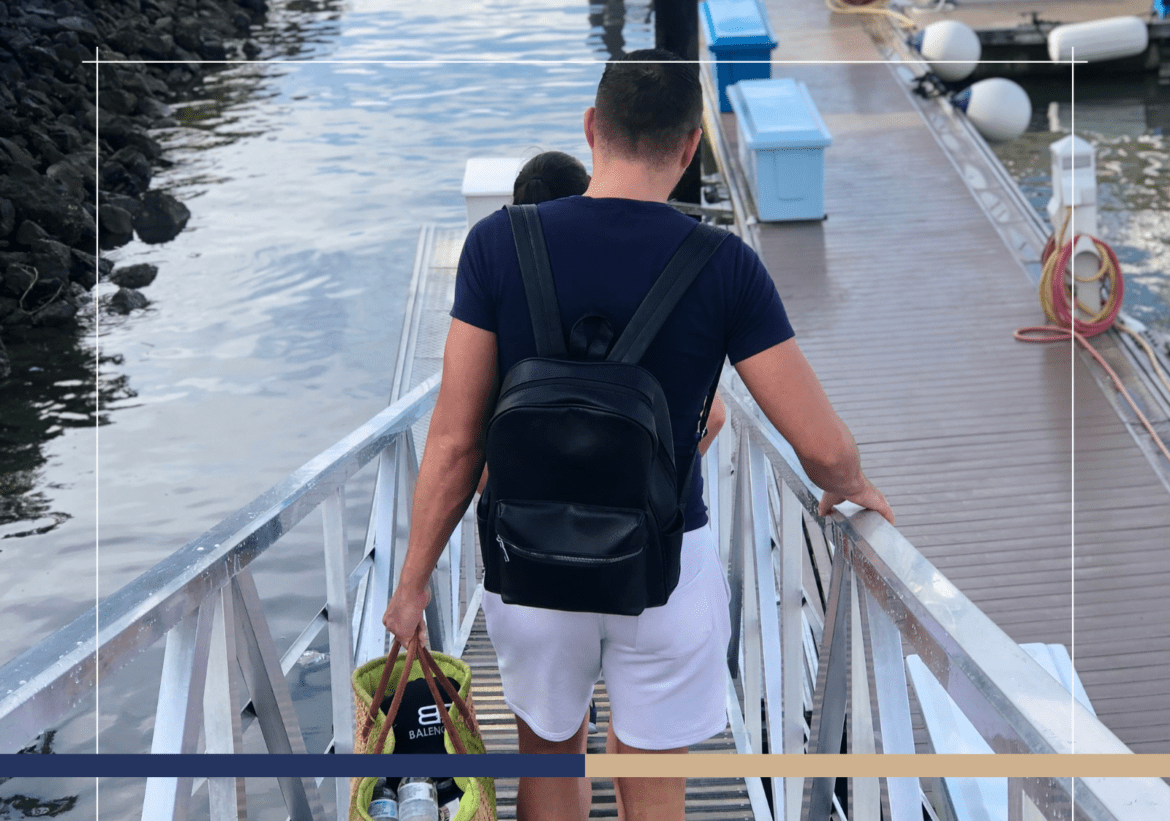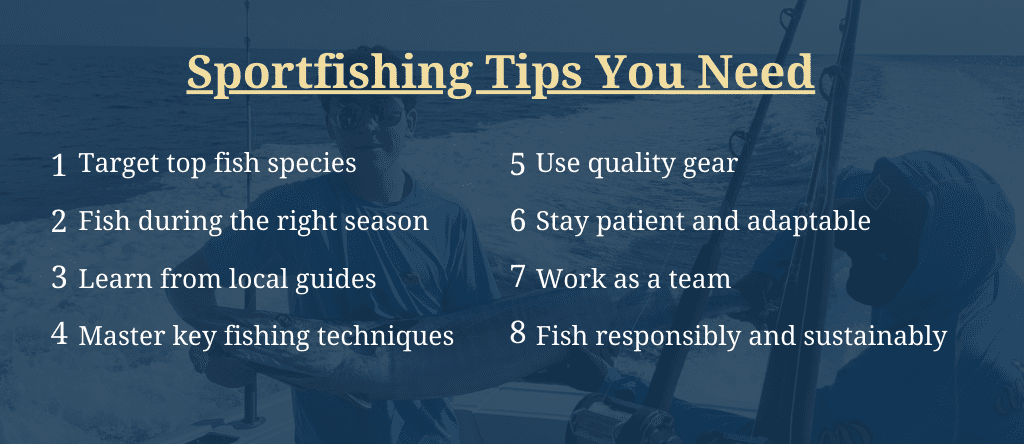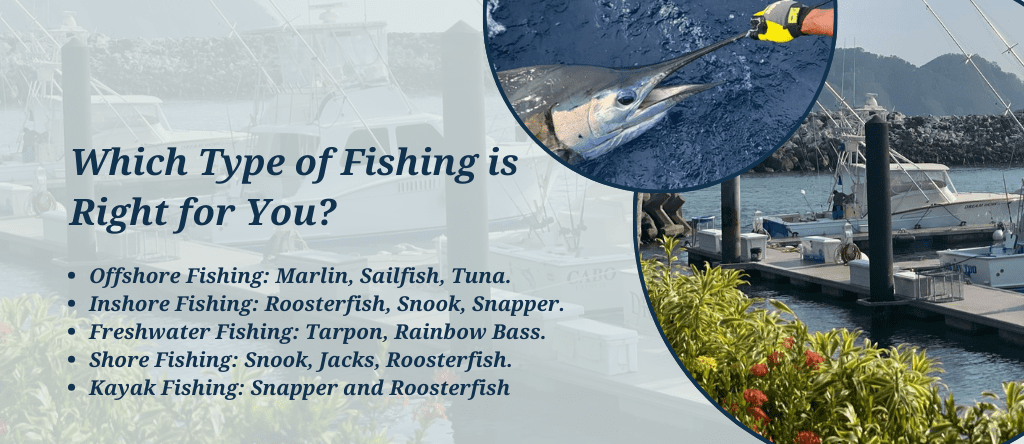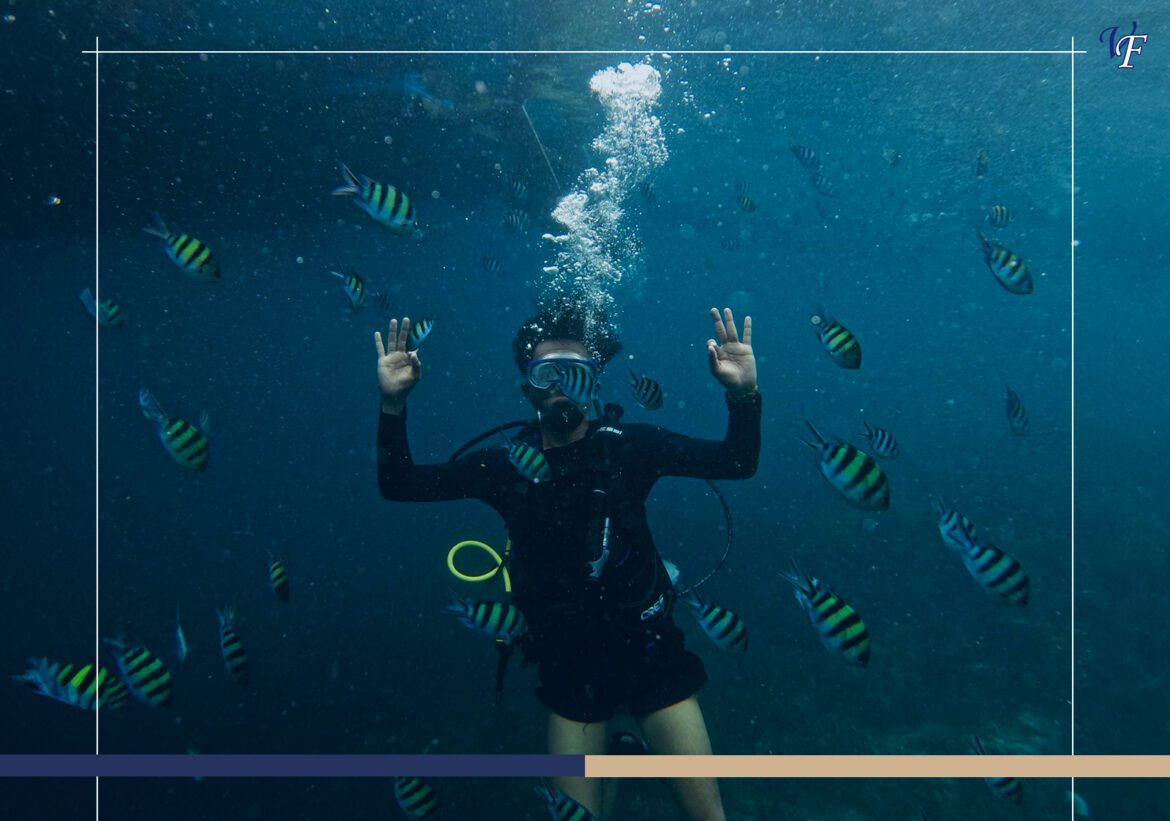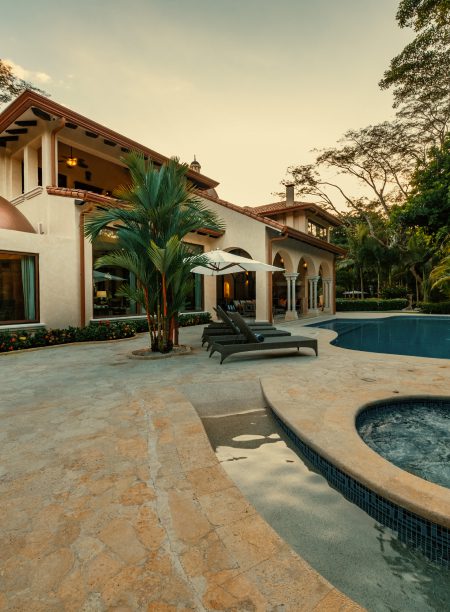Costa Rica has been a pioneer of environmental protection for years, and its dedication to ocean conservation is no exception. The country’s finest conservation strategy is the creation of no-fishing zones—specific sea areas where fishing is prohibited. Costa Rican no-fishing zones are instrumental in biodiversity preservation, fish replenishment, and ecosystem balance. With more than 30% of its marine land preserved, Costa Rica has led the way in the conservation of marine land.
Let’s understand how no-fishing zones in Costa Rica are changing the game –
The Role of No-Fishing Zones in Ocean Conservation
No-fishing zones are conservation areas in oceans where fishing is prohibited to permit ecosystems to recoup themselves due to overfishing. No-fishing zones act as safe havens for marine life, enabling biodiversity and fish to recoup. Costa Rica provides a green future for the coastal population by providing secure marine habitats where species can thrive.
Marine Protected Areas (MPAs) in Costa Rica
Costa Rica has established a Marine Protected Area (MPA) system to secure its diverse marine ecosystems. MPAs protect aquatic biodiversity and ensure sustainable fishing and climate change resilience. The country’s efforts have resulted in the protection of essential habitats for sharks, sea turtles, and various migratory species, which support ecological balance.
No-Fishing Zones in Costa Rica
Costa Rica is home to a wide range of no-fishing zones, which are crucial in preserving the sea environment and protecting the sea creatures for future generations.
The following are some of the most important no-fishing zones in Costa Rica –
Cocos Island National Park
A UNESCO World Heritage Site and one of Costa Rica’s most important sea-protected parks, the Cocos Island National Park is a remote island expanded to 53,000 sq. km and a haven for sea creatures. The park is home to massive numbers of hammerhead sharks, rays, and sea turtles that use the park for feeding and breeding. Because of its seclusion and pristine waters, Cocos Island is now a “Shark Haven” for divers and marine scientists tracking migratory animals.
Bicentennial Marine Managed Area
The Bicentennial Marine Managed Area was created to help conserve Cocos Island. This extensive marine reserve is designed to preserve migratory routes and sustainably manage the fishing population. This region is crucial in protecting game fish species like tuna, sharks, and billfish that rely on uninterrupted migration routes. By regulating industrial fishing in such areas, the region will maintain a healthy fish population and preserve coastal communities involved in small-scale sustainable fisheries.
Golfo Dulce Shark Sanctuary
Golfo Dulce Shark Sanctuary is a conservation area that seeks to safeguard young scalloped hammerhead sharks, a threatened species whose development and survival depend on the area’s safeguarded waters.
The sanctuary employs strict fishing practices to prevent commercial and recreational fishing from targeting fragile sharks. The bay is also inhabited by other sea creatures like dolphins, rays, and sea turtles, providing a vital habitat for biodiversity maintenance.
The Golfo Dulce ecosystem is also the focus of ongoing scientific and conservationist research, which aims to develop policies that guarantee the conservation of sharks and the sustainable utilization of the sea.
Santa Elena Bay Management Marine Area
Santa Elena Bay is a relatively small but ecologically significant no-fishing zone covering a 7.24 sq.km surface area. The bay is famous for its coral reefs, which house many sea animals and varied marine habitats that protect marine life. By excluding fishery activities from this zone, Costa Rica provides fish stocks with a haven to reproduce and grow. It also provides the opportunity for constant marine scientific research and ecotourism, one of the prime avenues for gaining economic advantages that will last without profiting from nature’s treasures.
Cabo Blanco Marine Management Area
The Cabo Blanco Marine Management Area occupies an area in the Nicoya Peninsula with an extent of 820.69 sq. km. It is home to numerous sea creatures, including reef fish, sea turtles, and some crustaceans, with a thriving, dense marine ecosystem. The no-fishing policy keeps these animals from overfishing and keeps them in their habitat. The zone also sustains Costa Rica’s ecotourism industry by allowing snorkelers and divers to learn more about its rich underwater features.
Benefits of No-Fishing Zones in Costa Rica
Costa Rica no-fishing zones are both—economically beneficial and advantageous for the environment, promoting the long-term sustainability of Costa Rica’s marine ecosystems.
Conservation of Biodiversity
No-fishing zones create habitats for sea animals and shield various species and ecologically sensitive systems. By limiting human activities, the zones maintain naturally self-renewing populations of sea animals.
Sustainable Fishing
No-fishing zones assist with long-term commercial and regional fishing habits by supporting the replenishment of fish populations. Spillover from conserved reserves drives increased fishing around the surrounding waters, fostering economy and conservation.
Tourism and Recreation
Conservation of Costa Rica’s seas draws anglers, divers, and ecotourists, helping fuel the economy through sustainable tourism. Clean marine habitats provide immense diving, snorkeling, and wildlife-watching opportunities.
Carbon Sequestration and Climate Resilience
Thriving marine ecosystems such as seagrass beds and coral reefs provide essential services like trapping carbon dioxide, which prevents climate change. The no-fishing zones bring these ecosystems to existence, and that increases overall resilience to global climates.
Water Quality and Coast Protection Improvement
With no-fishing practices in place and damaging actions prohibited, Costa Rica is leading to increased quality of water and coastline stability. These waters are transformed into enhanced natural barrier types, such as mangroves and coral reefs, protecting the coastal populace against erosion and weather/climatic-related occurrences.

Conclusion
No-fishing zones in Costa Rica are a testament to the country’s dedication to sea conservation. The zones maintain biodiversity, guarantee the sustainable long-term presence of fishing, support tourism, and increase climate resilience.
With additional marine protected areas in Costa Rica, collaboration and assistance worldwide remain critical to preserving the planet’s precious marine resources for future generations. Conservation practices promote collaborative endeavors toward preserving marine ecosystems worldwide.


